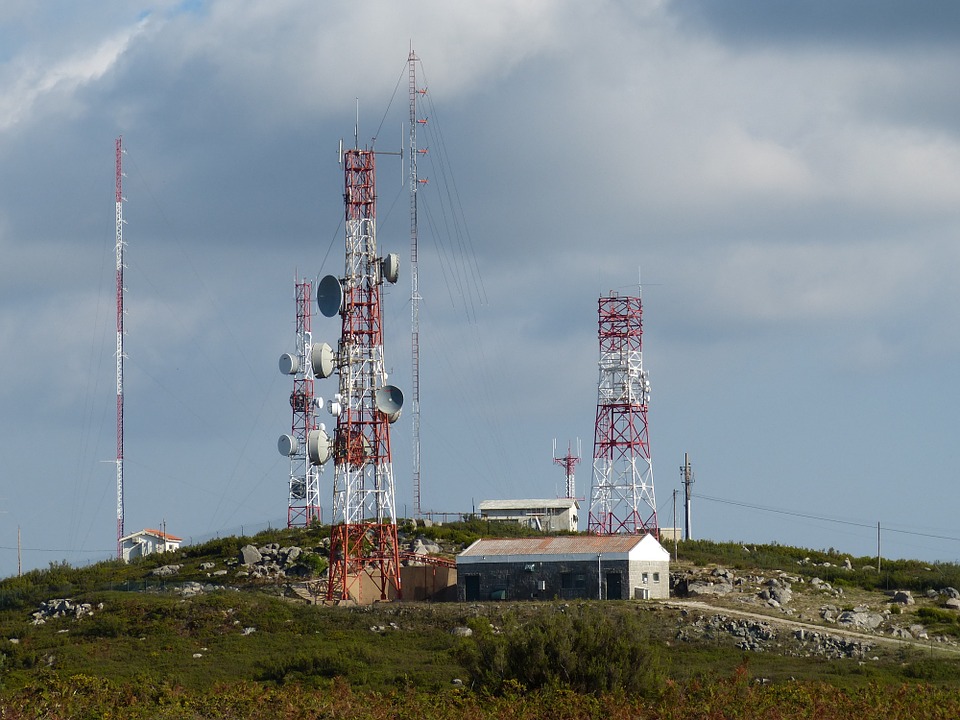A rapid change has been witnessed by the telecom industry in the past few years. Along with the technological growth this industry has undergone a huge transformational phase, and this giant transformation has completely altered market trends of telecommunication industry. The emergence of smartphones, wearable gadgets, mobile apps, and so on are widely responsible to change the way of consumption of telecommunication services by the customers and also have greatly impacted the number of customers which has taken a huge exponential leap.
Phases of Telecommunication sector:
At the very beginning phase of telecommunication industry was only focused on communication technologies then with the advancement of technologies this industry expanded its wings towards internet. These advancements not only gave hype in telecom industry but also became a reason for e-commerce portals and other online portals. Third phase of telecommunication industry came into existence in 2006, with the development of cloud and it started giving a new shape to the entire telecom industry. It has opened a wide array of opportunities for this industry.
Challenges of this industry:
With the rapidly moving technological growth, telecom industry also has undergone a huge transformation but these disruptive innovations also have given a rise for the challenges. Few challenges that are faced by telecom industry are listed below:
Effect on revenue:
The technological growth has brought a number of free messaging apps which also serve with voice and video calling options. These all apps work on internet and don’t require any extra payment. Earlier most of the folks were using text messages and calls which were charged by the network operators, but now with the help of technological growth folks started using free calls and started effecting revenue and dwelling it downwards.
Privacy and security issues:
At present era each and every folk keep their sensitive data on phones and now telecom industry are responsible to maintain such a huge repository of sensitive and personal data. This also gives a chance of constant threat and vulnerability that can be reason for hacking and losing data. Telecom industry needs to keep a detailed eye on privacy and security of customers.








